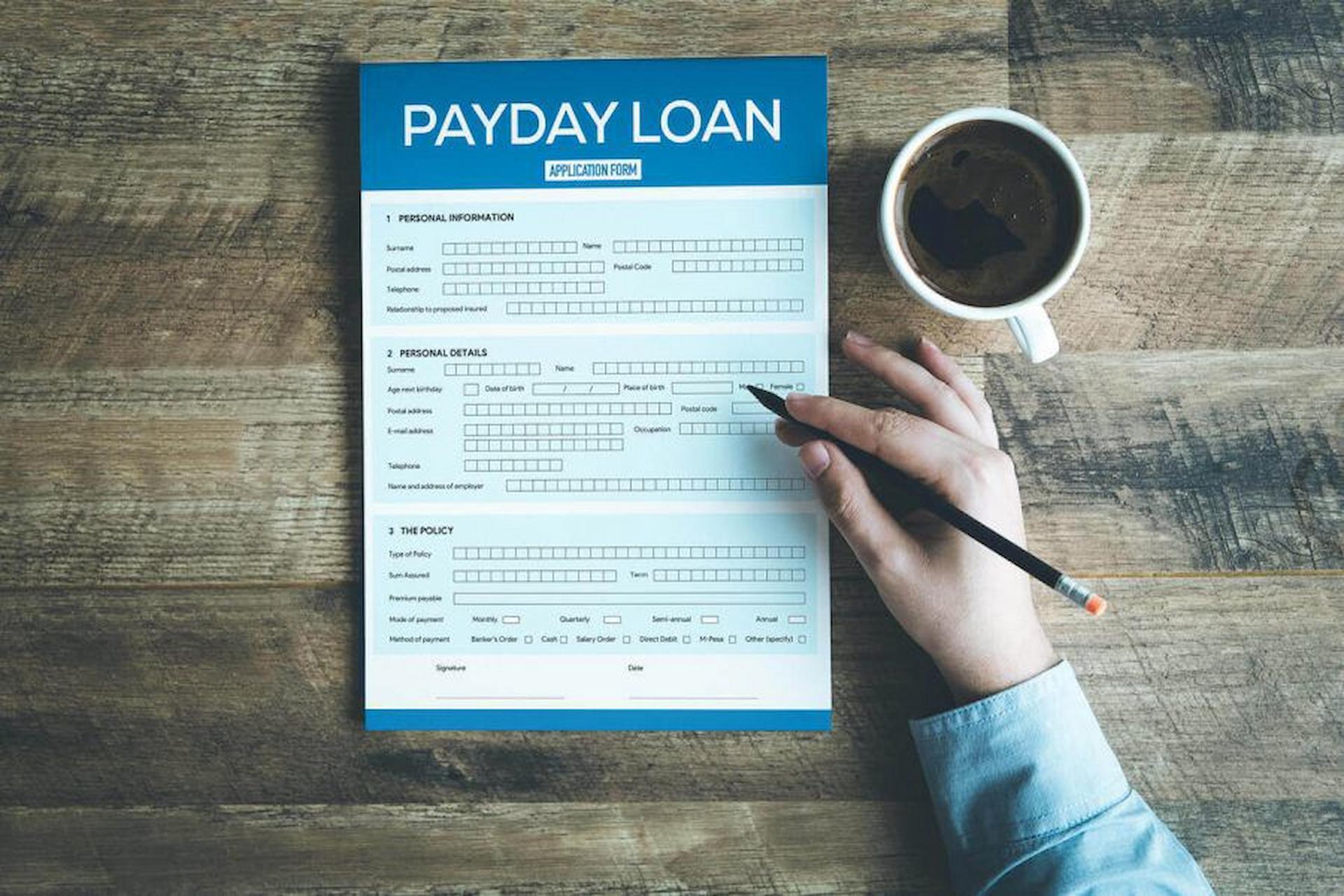Breaking the Payday Loan Cycle: Tips for Responsible Borrowing

Numerous individuals contemplate Instant loans as a swift solution during periods of financial difficulty. While these brief, high-interest loans may provide instant relief, they frequently entangle borrowers in a challenging debt cycle. Escaping this payday loan cycle demands a strategic approach to financial management and a dedication to responsible borrowing. This blog post offers valuable insights and practical tips to individuals seeking alternatives to Same-day loans, aiding them in pursuing long-term financial stability.
Understanding the Payday Loan Trap
Understanding the mechanics of the payday loan cycle marks the initial step in breaking free from its grip. Typically due on the borrower’s next payday, these small, short-term loans may appear as a financial lifeline during emergencies. However, the exorbitant interest rates can swiftly transform a seemingly insignificant loan into a substantial financial burden.
Instant loans often accompany annual percentage rates (APRs) far surpass those associated with traditional loans. The cycle commences when borrowers, unable to repay the full amount on the due date, opt to roll over the loan, thereby incurring additional fees. This triggers a cycle of debt that progressively becomes more challenging to overcome.
Constructing a Financial Safety Net
A highly effective method to sidestep payday loans involves proactively constructing a financial safety net. Forming an emergency fund is a cushion during unforeseen expenses, mitigating the necessity to resort to high-interest loans.
Initiate this process by setting aside a fixed amount from each paycheck until you reach a comfortable emergency fund threshold—perhaps equivalent to three to six months’ worth of living expenses. This financial buffer can prevent reliance on Same-day loans, providing the flexibility to manage unexpected challenges without accumulating debt.
Exploring Alternative Lending Options
Breaking the payday loan cycle necessitates exploration into alternative lending avenues featuring more favourable terms. Credit unions and community banks often extend small-dollar loans with lower interest rates than traditional payday lenders. Delve into these local options, scrutinising their terms to make an informed decision aligned with your financial objectives.
Furthermore, certain online lenders and financial technology platforms offer instalment loans with more reasonable repayment plans. Before committing to any alternative, conduct a thorough review of the terms and conditions, ensuring transparency, manageability, and a guarantee against falling into a cycle of debt.
Budgeting and Financial Planning
Effectual budgeting and comprehensive financial planning are pivotal in dismantling the payday loan cycle. Develop a realistic budget for your income, essential expenses, and savings goals. Understanding your financial inflows and outflows lets you pinpoint areas where spending can be trimmed, facilitating the allocation of funds toward building an emergency fund or settling existing debts.
Engaging in financial planning encompasses establishing both short-term and long-term financial objectives. This could include paying off high-interest debts, saving for a major purchase, or investing for the future. A clear roadmap for your financial journey can motivate you to make better choices and avoid falling back into the payday loan cycle.
Seeking Financial Counseling
For individuals struggling with the burden of existing payday loan debt, seeking professional financial counseling can be a game-changer. Nonprofit credit counseling agencies can guide managing debt, creating a realistic repayment plan, and improving overall financial literacy.
A credit counselor can negotiate with creditors on your behalf, potentially reducing interest rates and helping you develop a structured plan to pay off your debts. By enlisting the help of a financial professional, you can gain valuable insights into your financial situation and receive personalized advice to break free from the payday loans cycle.
Conclusion
Breaking free from the payday loan cycle requires a combination of financial acumen, strategic planning, and a commitment to responsible borrowing. Essential steps in achieving financial freedom include recognizing the inherent risks of quick loans, establishing a robust financial safety net, exploring alternative lending options, and integrating effective budgeting and financial planning.
It’s crucial to acknowledge that the road to financial stability unfolds gradually, and seeking assistance is acceptable and commendable. Through informed decision-making, proactive measures, and consultation with professionals as needed, you can emancipate yourself from the payday loan cycle, paving the way for a more secure and enduring financial future.





